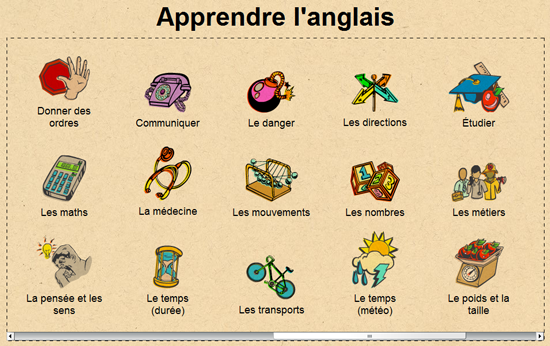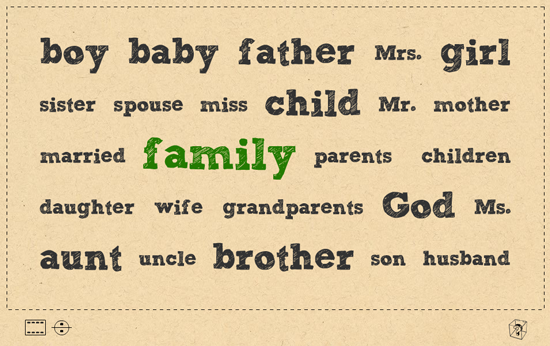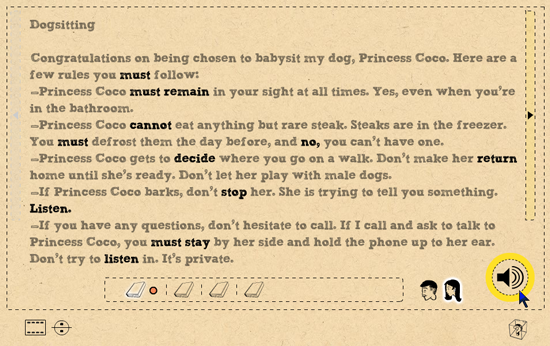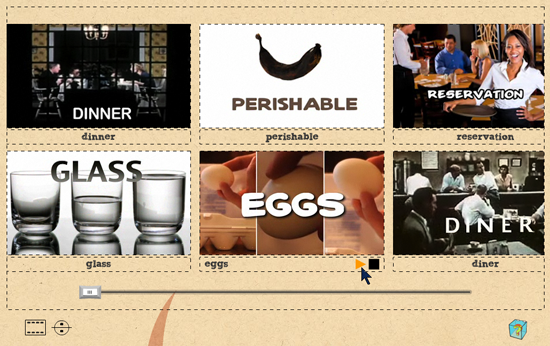Practice Reading
ESL


/en/practicereading/for-adult-literacy-instructors/content/
Our ESL (English as a Second Language) program contains activities designed to help students practice their English and master common English vocabulary. It is not a complete, start-to-finish English course. Instead, it’s best used as an additional resource for students who already speak some English and have a basic understanding of English grammar.
The program is built around 1,000 common English words, which are grouped into themed categories. Each category includes resources students can use to learn new vocabulary and improve their English. You can see a complete list of words and categories here.

We have resources in the following languages:
The categories and words are similar to those found in vocabulary units in textbooks. You can choose to design instruction around our vocabulary lists, or have your students use our program to supplement similar units in another textbook or program. Students can also use the program for independent practice.
The learning activities are designed to help students practice a variety of skills, with each activity focusing on a few particular areas. Students can complete as many activities as they want, in any order they want. Each category currently contains four activities:




Let us know what you think! If you’ve used the ESL program, take a minute to leave us a message here. Tell us how your students are using this program, report any problems you may encounter, and provide us with other strategies we can use to help your learners improve their reading skills.
/en/practicereading/word-list-az/content/